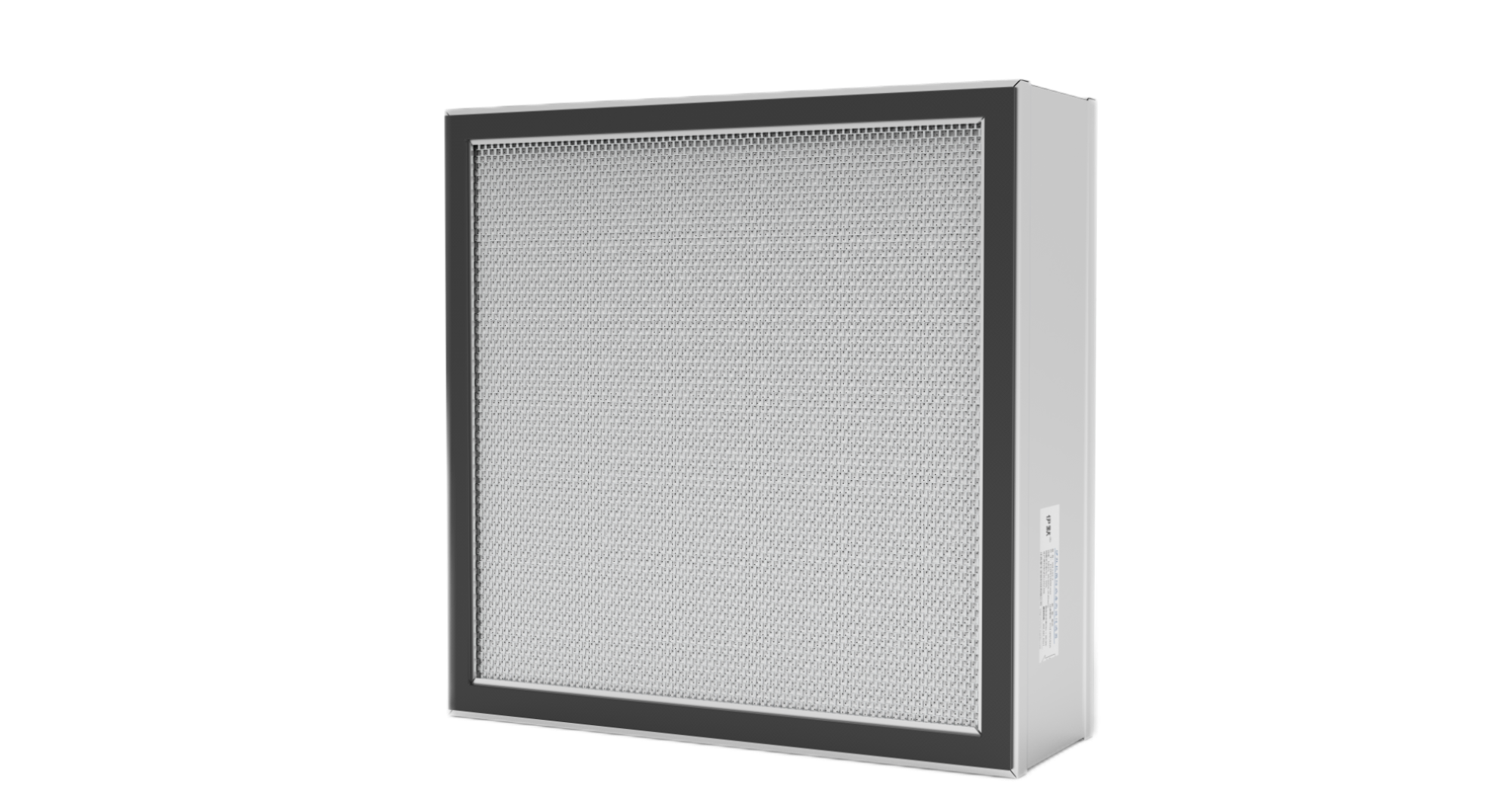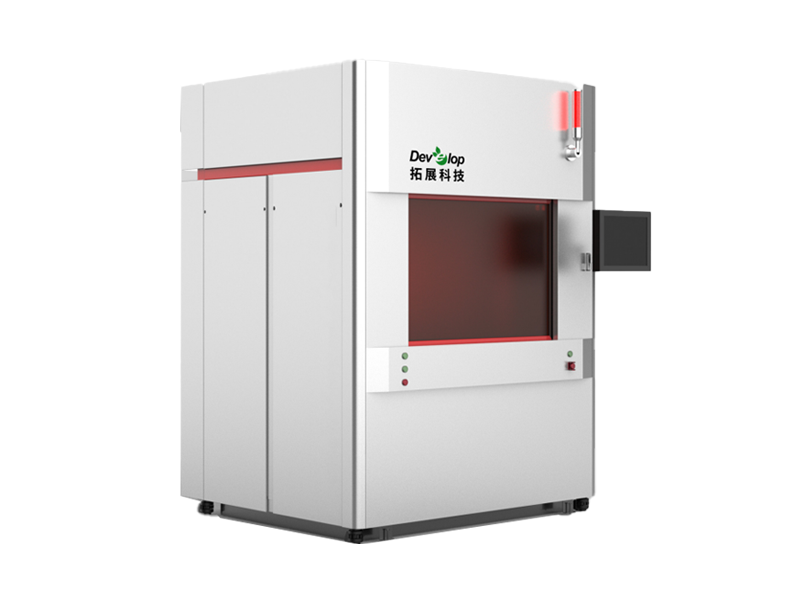How does the laboratory achieve a cleanliness level of 100?
Release time:
2024-12-19 14:33
To achieve a cleanliness level of 100 in the laboratory, it is necessary to address multiple aspects such as building design, air filtration systems, and management of personnel and items. The following are detailed steps and key points:
1. Building Design
- Space Layout Planning
- Reasonable Zoning: Divide the laboratory into clean areas, semi-clean areas, and non-clean areas. The clean area is used for high-precision experimental operations, such as precision instrument testing and cell culture, and should be located on the upwind side to reduce external contamination interference. The semi-clean area is used for auxiliary experimental operations, such as reagent preparation and sample pretreatment, while the non-clean area is used for placing equipment maintenance tools and waste disposal facilities.
- Isolation Measures: Use solid walls or well-sealed partition materials, such as color steel plates, aluminum alloy frames, and glass combinations, to effectively isolate the clean area from other areas. Set up buffer rooms between the clean area and semi-clean and non-clean areas, and the doors of the buffer rooms should use interlocking devices to prevent simultaneous opening that causes air convection.
- Floor and Wall Treatment
- Floor Materials: Choose seamless, flat, wear-resistant, corrosion-resistant, and easy-to-clean materials, such as epoxy self-leveling flooring. This material can effectively prevent dust generation and accumulation and can resist chemical reagent erosion.
- Wall Materials: The walls should use smooth, dust-free, and easy-to-clean materials, such as color steel plate walls. Their surfaces are flat with few gaps, which helps reduce dust attachment points and facilitates daily cleaning and disinfection operations.
2. Air Filtration System
- High-Efficiency Air Filter (HEPA)
- Selection and Installation: Choose suitable HEPA filters, which should have a filtration efficiency of no less than 99.97% for particles with a diameter of 0.3μm. Calculate the required number and size of filters based on the laboratory's space size and air supply requirements. Install HEPA filters at the end of the air supply duct, ensuring a tight connection between the filter and the duct with no leaks.
- Regular Replacement and Maintenance: Establish a strict filter replacement and maintenance plan. Generally, replace every 1-2 years based on the filter's lifespan and actual usage. Regularly check the filter's resistance, and replace or clean it (for washable filters) when the resistance exceeds the specified value.
 Antibacterial and Antiviral High-Efficiency Filter
Antibacterial and Antiviral High-Efficiency Filter
- Air Conditioning System
- Constant Temperature and Humidity Control: Install a precision air conditioning system that can accurately control indoor temperature and humidity. For a 100-level clean laboratory, the temperature is usually controlled at 20-24°C, and the relative humidity is controlled at 45-60%. The air conditioning system should have reheat, dehumidification, and humidification functions to meet different environmental needs.
- Air Supply and Return Method: Use a unidirectional airflow supply method, where air flows vertically downward from the high-efficiency air supply outlet in the ceiling at a uniform speed (usually 0.3-0.5m/s) and is discharged from the return air outlet near the ground after passing through the working area. This air supply method can effectively expel contaminants from the laboratory, ensuring the cleanliness of the working area.

High-Precision Environmental Control System: Can achieve precise control of temperature, humidity, and cleanliness.
3. Personnel Management
- Personnel Training
- Cleanliness Awareness Training: Provide cleanliness awareness training for all personnel entering the laboratory, including the basic principles of clean rooms, operating procedures, and contamination control measures. Make personnel aware of the importance of cleanliness and how their behavior may impact the laboratory's cleanliness.
- Operational Skills Training: Conduct specialized operational skills training for various instruments and experimental operations in the laboratory. Ensure personnel can correctly use the equipment to avoid generating dust, droplets, and other contaminants due to improper operation.
- Personnel Entry and Exit Procedures
- Changing Procedure: Set up a dedicated changing room where personnel must change into clean work clothes and shoe covers, and wear hats and masks before entering the laboratory. Work clothes should be made of dust-free and anti-static materials, such as polyester fabric.
- Air Shower Use: Set up an air shower at the entrance of the clean area, and personnel must pass through the air shower before entering the clean area. The air shower blows away dust and particles from the surface of personnel using high-speed clean air, with a typical air shower time of 15-30 seconds.
4. Item Management
- Item Entry Process
- Cleaning Treatment: All items entering the laboratory, including experimental equipment, reagents, and consumables, must undergo cleaning treatment. Equipment should be cleaned and wiped outside the laboratory to remove surface dust and grease; reagents and consumables should be wiped with a clean damp cloth before entering through the transfer window.
- Transfer Window Use: Set up a transfer window between the clean area and the non-clean area, and the transfer window should have ultraviolet disinfection capabilities. After placing items in the transfer window, close the outer door, turn on the ultraviolet disinfection, and disinfect for no less than 15 minutes before opening the inner door in the clean area to retrieve the items.
- Item Storage Management
- Classified Storage: In the clean area, classify and store experimental items. Place commonly used experimental equipment and reagents in easily accessible positions while avoiding item accumulation to maintain the cleanliness of the storage area. For items that easily generate dust, such as paper and wood, avoid placing them in the clean area as much as possible.
- Regular CleaningRegularly clean the items in the clean area, checking their validity and integrity. Expired or damaged items should be promptly removed from the clean area to prevent contamination of the environment.
Related News



